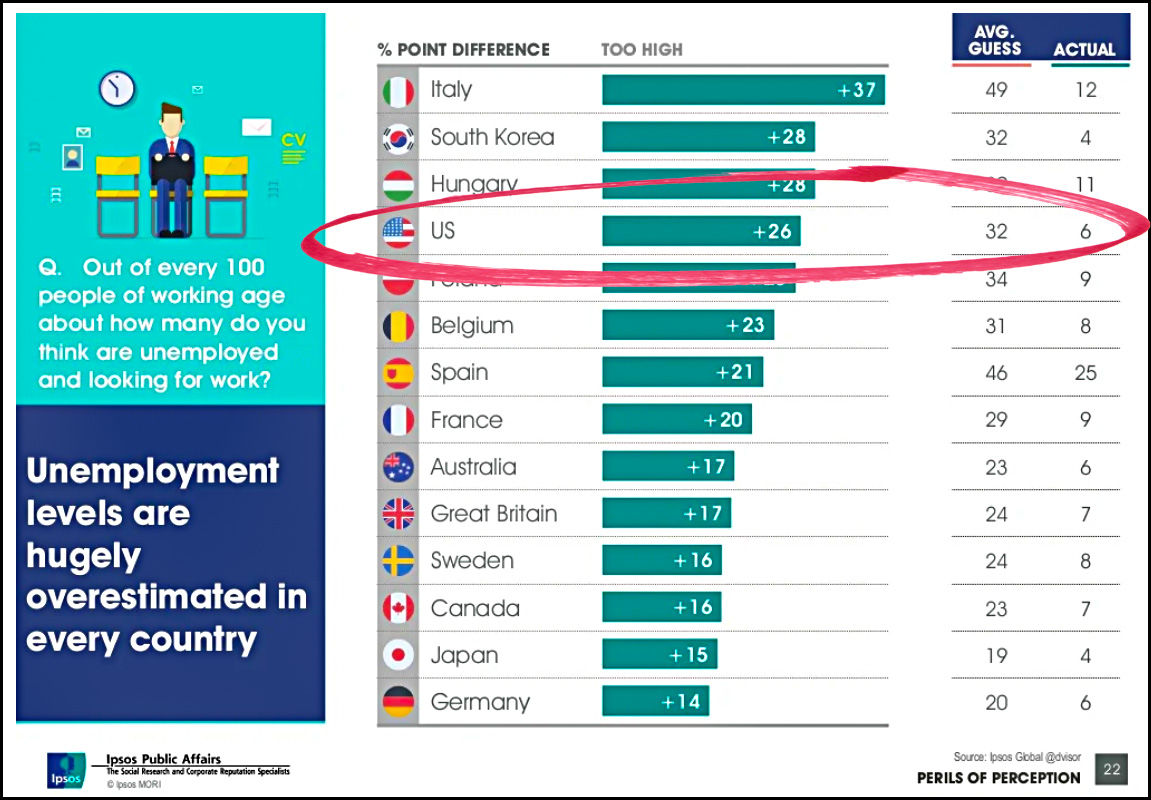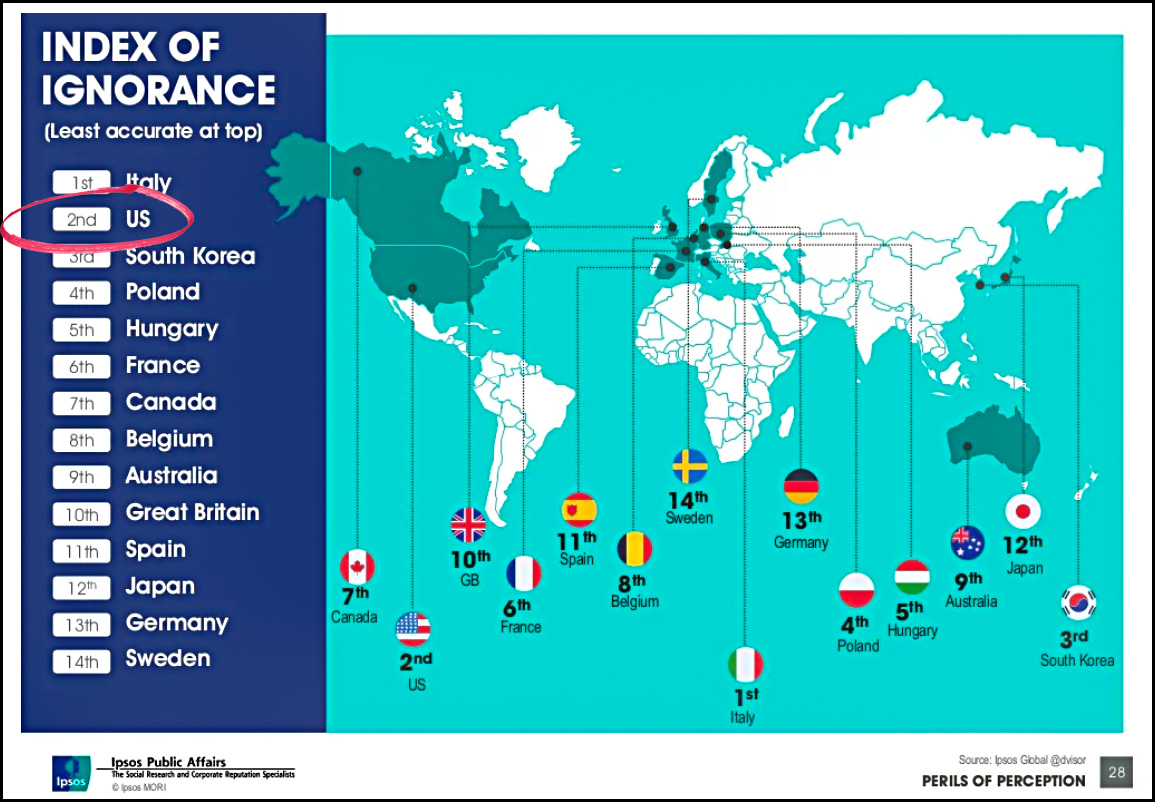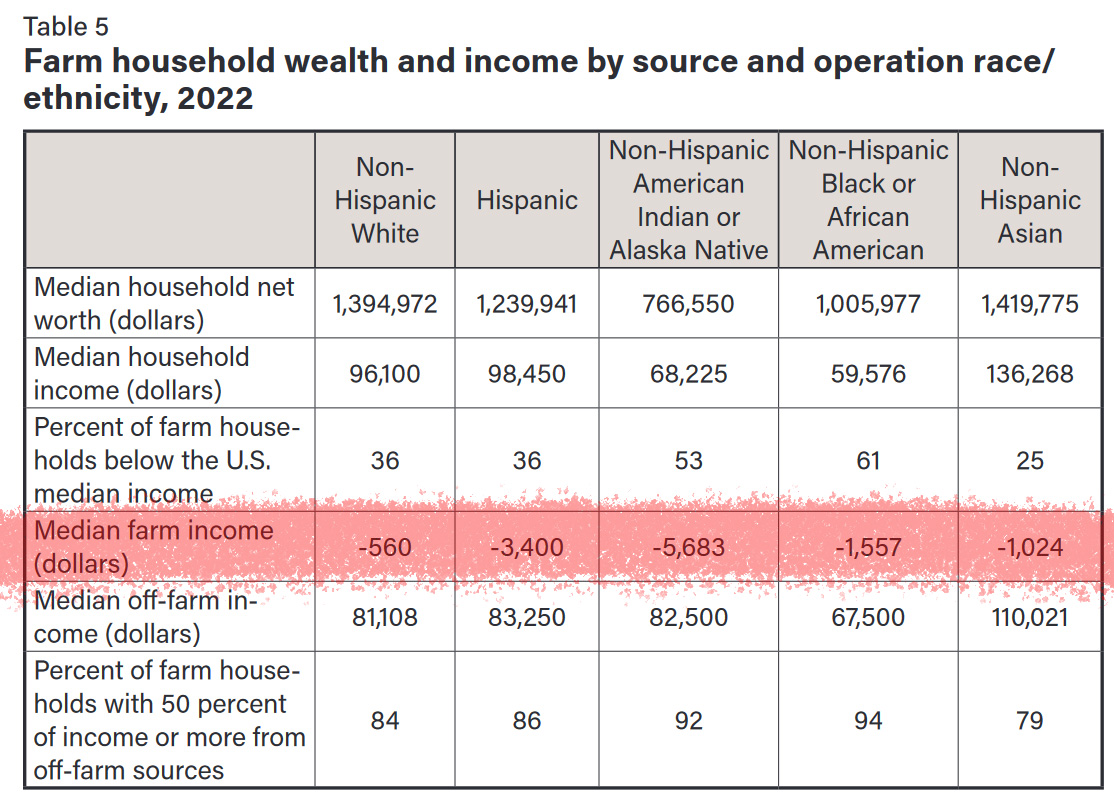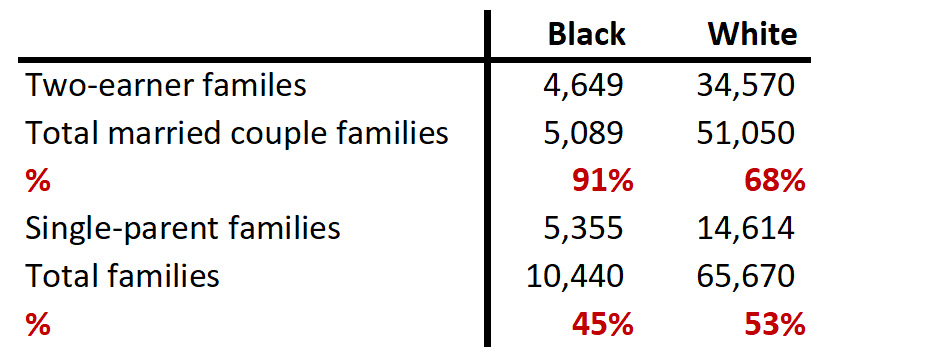Brian Beutler has a piece up today that's gotten a lot of attention. He argues that Democrats haven't adjusted to a new online media environment that gives Republicans a big advantage in spreading their preferred dystopian narratives. He points to 2012 as the last old school election:
Back then, Republicans were just as invested in spreading doom and gloom as they are today, but they had fewer tools to work with. Mainstream news outlets still viewed economic data principally through the lens of horserace politics, but they were more or less on the same page about what metrics were important: how many jobs the economy created on net, the unemployment rate, GDP.
....Today, it’s much less clear if and how regular people distinguish news media from every other kind, and (I think by no coincidence) wide swaths of the population believe we’re in recession when we’re not; think inflation remains out of control, when it isn’t; think gas prices are high, when they’re low.
This needs some pushback. For starters, I don't think Democratic campaigns are quite as clueless as Brian suggests. Mainly, though, I think he badly overestimates how informed voters were in the olden days.
As an example, Ipsos has conducted its "Perils of Perception" survey for the past decade. Back in 2014, one of the questions they asked was about how many people are out of work. The real answer was 6%, but that's not what people thought:
 Americans pegged unemployment at 32%, above even Great Depression levels! And when Ipsos tallied up their whole set of questions, Americans were (almost) the most ignorant people in the advanced world:
Americans pegged unemployment at 32%, above even Great Depression levels! And when Ipsos tallied up their whole set of questions, Americans were (almost) the most ignorant people in the advanced world:
 This is in 2014, before the great wave of social media crashed over us. Are we even more ignorant today? Ipsos hasn't asked the unemployment question since then, so who knows. But it hardly matters. When you're as far off as 32% vs. 6%, a few percentage points here and there hardly matter.
This is in 2014, before the great wave of social media crashed over us. Are we even more ignorant today? Ipsos hasn't asked the unemployment question since then, so who knows. But it hardly matters. When you're as far off as 32% vs. 6%, a few percentage points here and there hardly matter.
There are a couple of things to say more generally:
- Aside from weirdos who inhale BLS statistics, everyone is ignorant about the economy and always has been. Nobody knows anything.
- Fox News has always spread misinformation far more efficiently than social media.
- In fact, research suggests that social media doesn't have a big effect on perceptions. It might make extremists a little more extreme, but that's it.
- In summary: All the evidence I'm aware of suggests that ignorance and distortion are no worse today than they've ever been. Social media just makes our ignorance a little more obvious.
None of this is to say that liberals should brush aside social media. And I don't think they do. But it's outrage that always gets outsized attention, and the unfortunate fact is that Republicans have long been better than Democrats at the outrage business, full stop. They're better at it on TV, better in newsletters, better in email, and better on social media. This is not because they're smarter or meaner than liberals, it's because their audience responds to outrage so that's what they give them. Liberals respond more strongly to other things, so we get those. And since outrage gets more traditional media attention than appeals to unfairness or poverty, we have headwinds there too. Them's the breaks.






